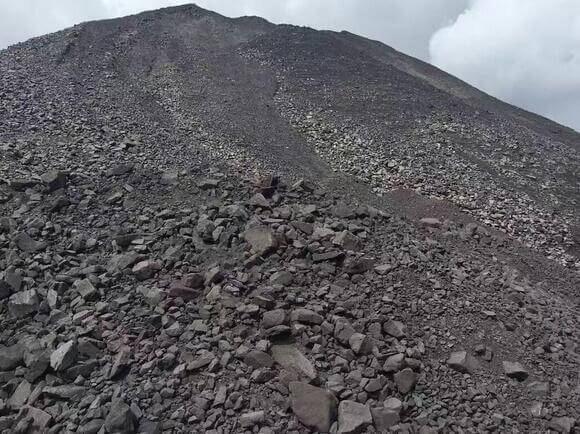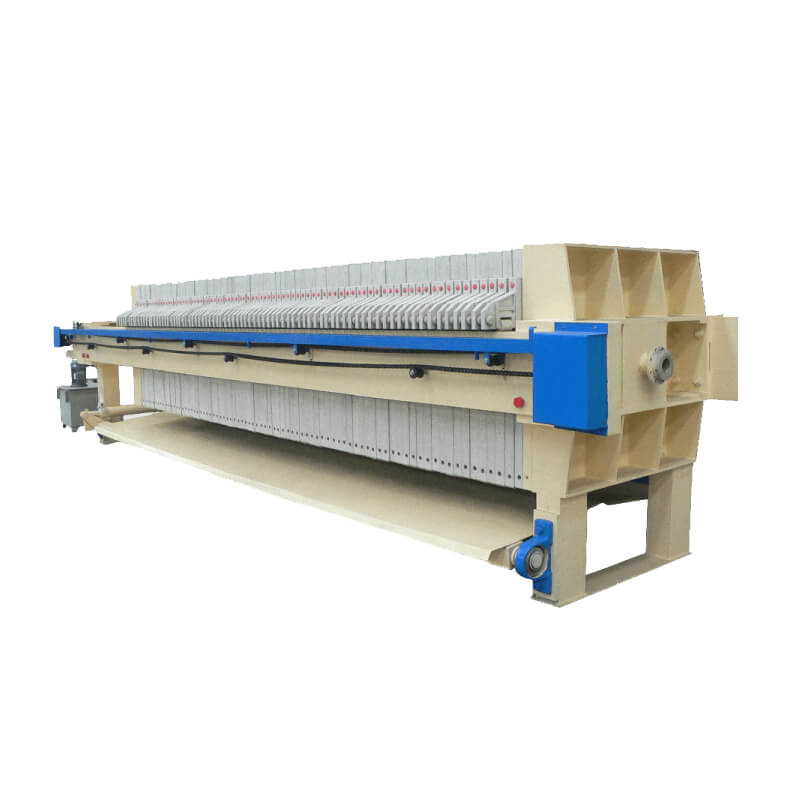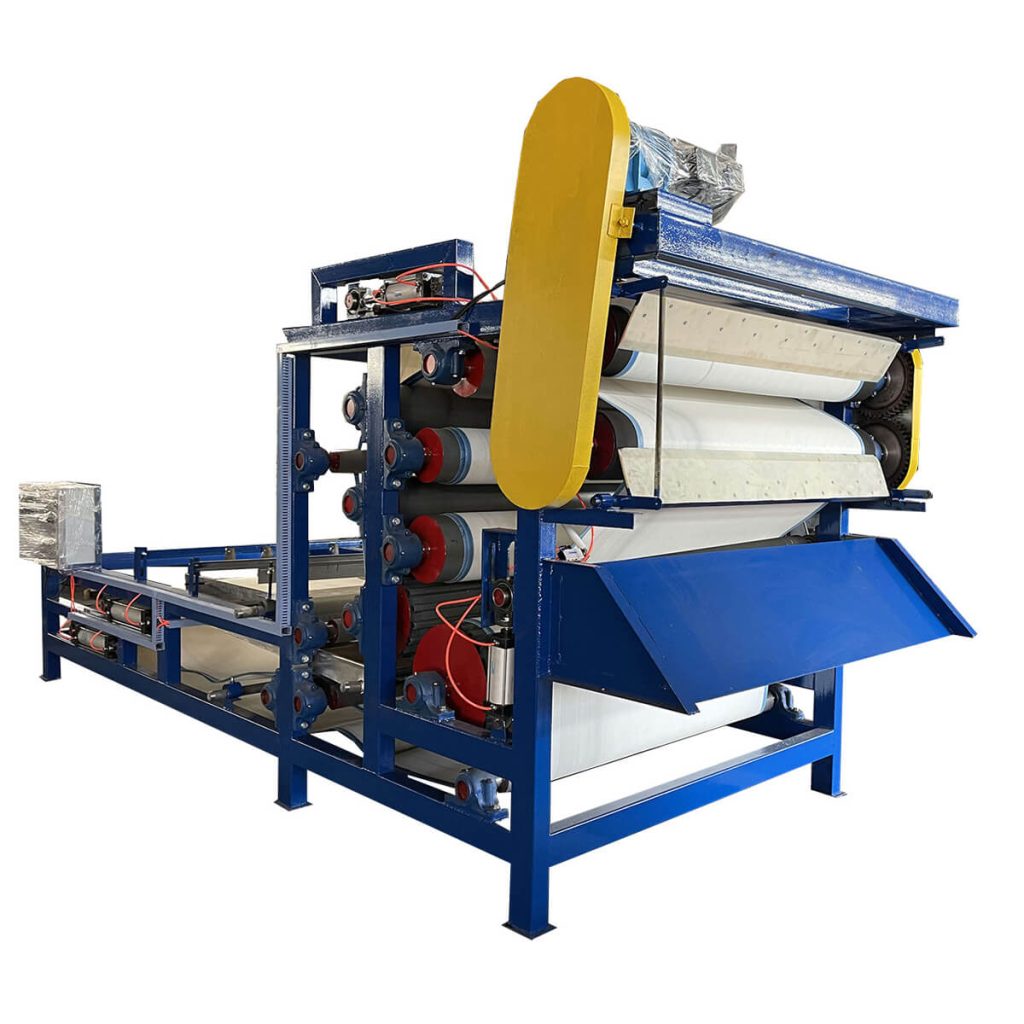Tailings in mining are the waste materials left over after the extraction of valuable minerals or metals from ore. When ore is processed to extract the desired mineral, a substantial amount of the original material remains as a finely ground slurry of waste. Tailings are the leftover materials from the processing of mined ore. They consist of ground rock, unrecoverable and uneconomic metals, chemicals, organic matter, and effluent from the process used to extract the desired products from the ore.
With the continuous exploitation of gold mine resources and the advancement of mineral processing technology for refractory gold ores, the discharge of gold mine tailings has increased year by year, which inevitably brought about a series of problems and further stimulated the development of gold mine tailings treatment and comprehensive utilization.

What Are The Gold Tailings Impact?
In addition to the increasing amount of gold tailings, gold ore dressing often uses cyanide extraction or flotation. Cyanide and flotation agents must be added during the process, resulting in a certain amount of cyanide and flotation agents remaining in the gold tailings. The impact of gold tailings is as below:
- Water pollution
Chemical pollution:Gold tailings may contain chemicals used to extract gold, such as cyanide and mercury. If tailings are not managed properly, these chemicals may leak into groundwater or surface water, causing serious water pollution.
Acid mine drainage: Gold tailings may contain sulfide minerals, which will form sulfuric acid after exposure to air and water, causing water acidification and dissolving heavy metals, polluting water sources. - Soil pollution
Harmful chemicals and heavy metals remaining in tailings will seep into the soil, causing soil quality to deteriorate, affecting plant growth, and thus affecting local agricultural production and ecosystems. - Air pollution
In dry climates, the wind may blow fine particles in tailings to form dust pollution. If humans or animals inhale these dust, they may cause respiratory diseases. - Human health risks
Because tailings may contain toxic chemicals and heavy metals, direct contact or indirect contact through contaminated water sources and food chains may pose a threat to human health, including poisoning, cancer and other chronic diseases. - Land occupation and biodiversity impact
Long-term stacking occupies a large amount of land. At the same time, the tailings accumulation area may damage the local ecological environment, losing plant and animal habitats and reducing biodiversity. - Safety hazards
Tailings ponds have safety hazards such as collapse and landslides. Tailings are usually stored in tailings dams. If the tailings dam is not designed or managed properly, a dam failure may occur, resulting in a large amount of tailings slurry leakage, causing widespread environmental damage and human casualties. - Waste of resources
Due to the previous level of mineral processing technology, a large amount of valuable resources are still left in the tailings and have not been comprehensively utilized.
How to Treat And Utilize Gold Mine Tailings?
Treating and utilizing gold mine tailings effectively involves several strategies to mitigate environmental impacts and recover valuable materials. Here are some methods
1. Gold tailings reseparation
The gold content in gold tailings is generally 0.2-0.6g/t. Due to the backwardness of mining and dressing technology in the past, a part of gold and silver was lost in the tailings. At the same time, most of the gold ore is associated with copper, lead, zinc, iron, sulfur, and other elements. With the advancement of mineral processing technology, gold tailings reselection can not only recover gold and silver but also recover valuable elements according to the properties of tailings. Therefore, tailings reselection has become a major trend in the current treatment of gold tailings.
Taking the recovery of lead and zinc ore from gold tailings as an example, the lead and zinc minerals in the gold concentrate have undergone fine grinding and long-term aeration and stirring during the cyanide leaching process, resulting in serious over-grinding, presenting a “colloidal” dispersion system, making flotation difficult. In addition, a large amount of mud minerals and residual cyanide form a hydrophilic film on the surface of the mineral, which makes the collector lose its selectivity for the capture of various minerals. At the same time, the film also hinders the adsorption of the collector on the surface of the ore particles, increasing the difficulty of flotation separation.
- Ultrafine particle flotation can be achieved through pretreatment, combined collectors, and control of pulp potential and pH.
- Slurry pretreatment technologies such as concentrated sulfuric acid strong oxidation and activated carbon adsorption can be used, and mixed flotation technology can be used in acidic media to improve the comprehensive utilization rate of lead and zinc mineral resources in cyanide tailings.
2. Gold mine tailings dry stacking
The tailings dry stacking process relieves the storage capacity pressure of the tailings pond, reduces the safety hazards of the tailings pond, and the return water utilization reduces the pressure of sewage treatment, saving the production and operation costs of the mine, which is the requirement of the national green and environmentally friendly mine construction.
For gold mine tailings after full mud cyanidation gold extraction, the tailings filter press process of the filter press can be used. Since the filtrate is returned to the process flow, most of the cyanide ions, alkalis, and dissolved gold in the filtrate can be recovered, thus saving the amount of water, lime, and cyanide used for mineral processing, and reducing the discharge of cyanide-containing wastewater.


3. Production of building materials
Recovering valuable elements from tailings can only achieve comprehensive recovery of a small amount of valuable elements in the tailings, but it cannot significantly reduce the amount of tailings, and it still cannot fundamentally solve the problem of tailings storage occupying a large amount of land, destroying and affecting the ecological environment.
- Bricks and Tiles: Mixing tailings with other materials to manufacture construction products.
- Cement and Concrete: Using tailings as a partial replacement for sand or aggregate in cement and concrete production.
4. Mine filling
Using tailings to fill the goaf of mines is one of the effective ways to directly utilize gold tailings. Especially for mining enterprises that have no place to set up gold tailings ponds, using tailings to fill the goaf has greater environmental and economic significance.
As better filling material, tailings can be obtained locally and waste can be used, eliminating the cost of collecting, crushing, and transporting the production of filling material gravel. For gold ore bodies with higher value, tailings can improve the conditions for pillar recovery and reduce dilution losses. An appropriate amount of cement or other cementing materials is often added to the filling material to make the loose tailings condense into a whole with a certain strength.
5. Reclamation and land reclamation
Reclamation and land reclamation are also an effective way to treat gold tailings. Taking certain measures on the gold tailings pond and planting agricultural, forestry, and animal husbandry crops and crops with strong vitality can protect the soil and strengthen the embankment, which has a positive effect on protecting the environment and preventing pollution.
The above are common methods for the treatment and comprehensive utilization of gold tailings. In the actual application of the mineral processing plant, it is recommended to comprehensively consider the properties of gold tailings, tailings scale, investment return rate, and other factors to determine the appropriate gold tailings treatment and comprehensive utilization methods and tailor-make reasonable gold tailings treatment equipment.
By combining these methods, the mining industry can mitigate the environmental impact of gold mine tailings and transform waste into valuable resources, promoting sustainability and economic benefits.
